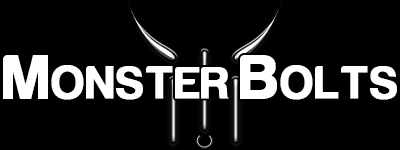US Machine Screw Diameters – Size Chart (#0 to #14)
Use this quick reference to convert a measured screw diameter (with calipers or a ruler) into the standard US machine screw number size. The table includes inch decimals, the nearest common fraction, and the metric equivalent.
Tips:
- Measure the thread (major) diameter, not the head.
- “Nearest fraction” is an approximation for quick identification; always rely on the decimal for precision.
- Match threads too—see US TPI vs. Metric Pitch.
| Screw Size | Inch (Decimal) | Nearest Fraction | Metric Equivalent |
|---|---|---|---|
| #0 | 0.060 in | 1/16" | 1.52 mm |
| #1 | 0.073 in | 5/64" | 1.85 mm |
| #2 | 0.086 in | 3/32" | 2.18 mm |
| #3 | 0.099 in | 7/64" | 2.51 mm |
| #4 | 0.112 in | 7/64" | 2.84 mm |
| #5 | 0.125 in | 1/8" | 3.18 mm |
| #6 | 0.138 in | 9/64" | 3.51 mm |
| #8 | 0.164 in | 5/32" | 4.17 mm |
| #10 | 0.190 in | 3/16" | 4.83 mm |
| #12 | 0.216 in | 7/32" | 5.49 mm |
| #14 | 0.250 in | 1/4" | 6.35 mm |
Looking for the right thread? See: US Threads-Per-Inch (UNC/UNF) and Metric Thread Pitch.
Related Tools & References
- How to Measure Fastener Length & Diameter
- Printable US / Metric Ruler (to scale)
- Inch Socket Screw Hex Key & Nut Wrench Sizes
- Shop US Machine Screws — fast shipping from Milton, Florida
US Machine Screw Diameter FAQs
How do I identify a machine screw size with calipers?
Measure the major (outside) thread diameter in inches or millimeters and match it to the chart above. Then verify the thread pitch (TPI) with a gauge or by comparing to our US TPI table.
Are US number sizes interchangeable with metric (e.g., #10 vs. M5)?
No. Diameters can be close, but threads differ and are not interchangeable. Always match both diameter and thread system.
What’s the most accurate column to use?
The inch decimal (or metric) is the most accurate. The “nearest fraction” is for quick field identification only.
